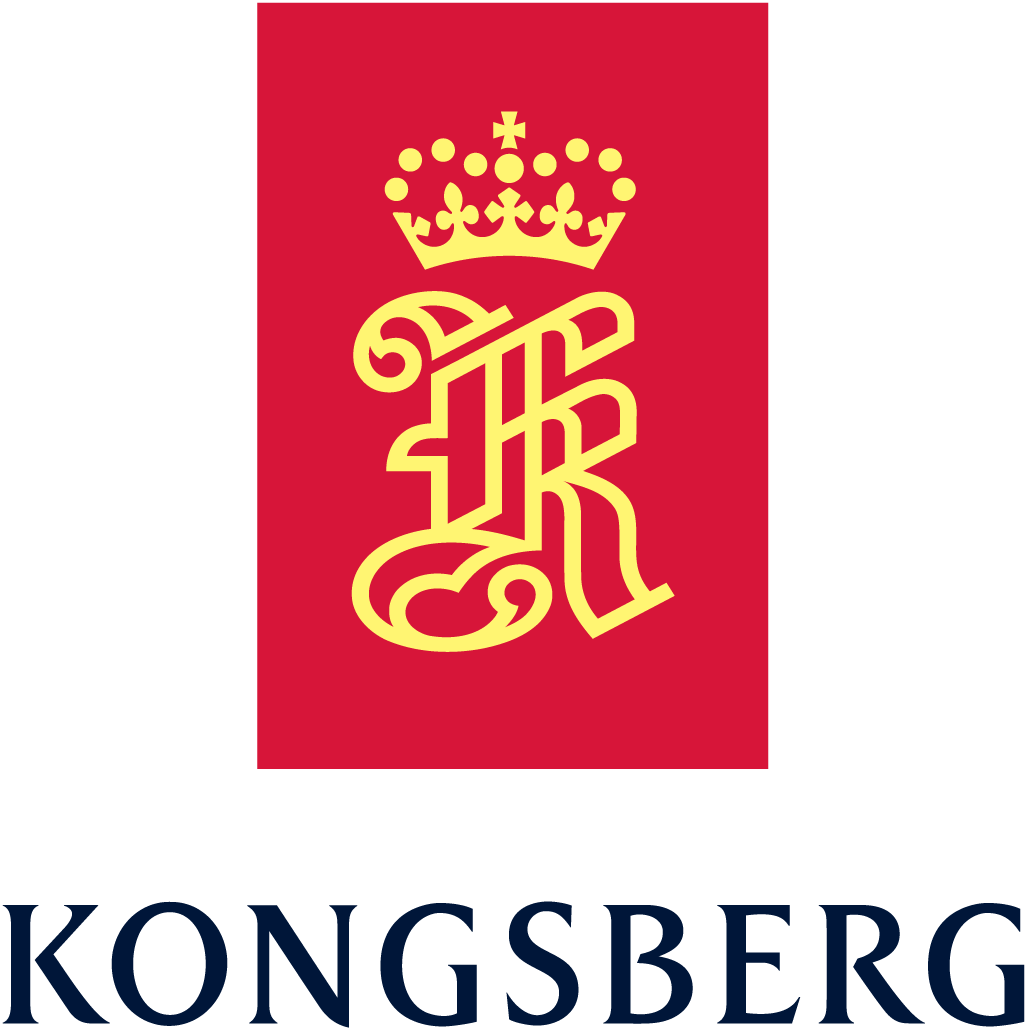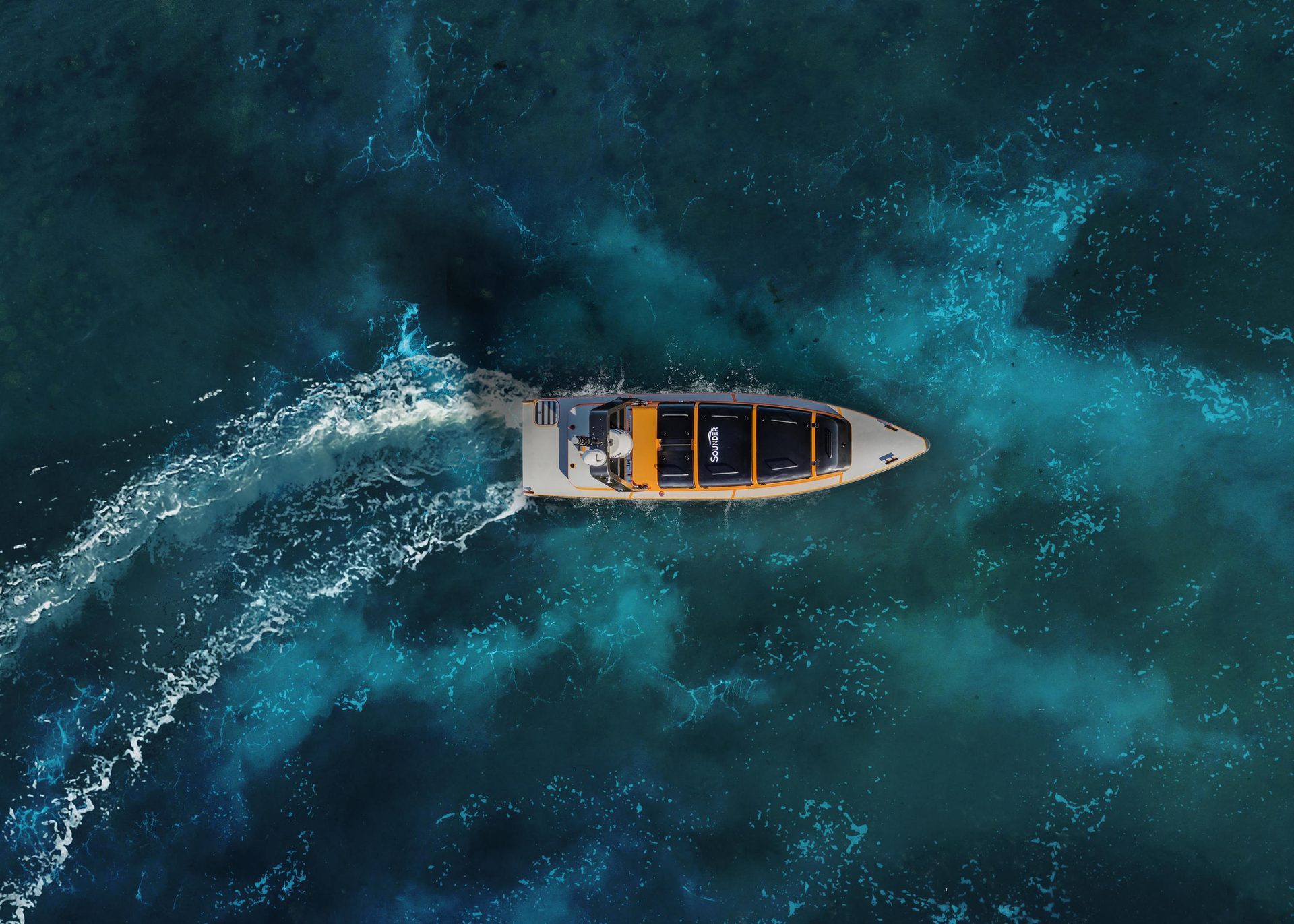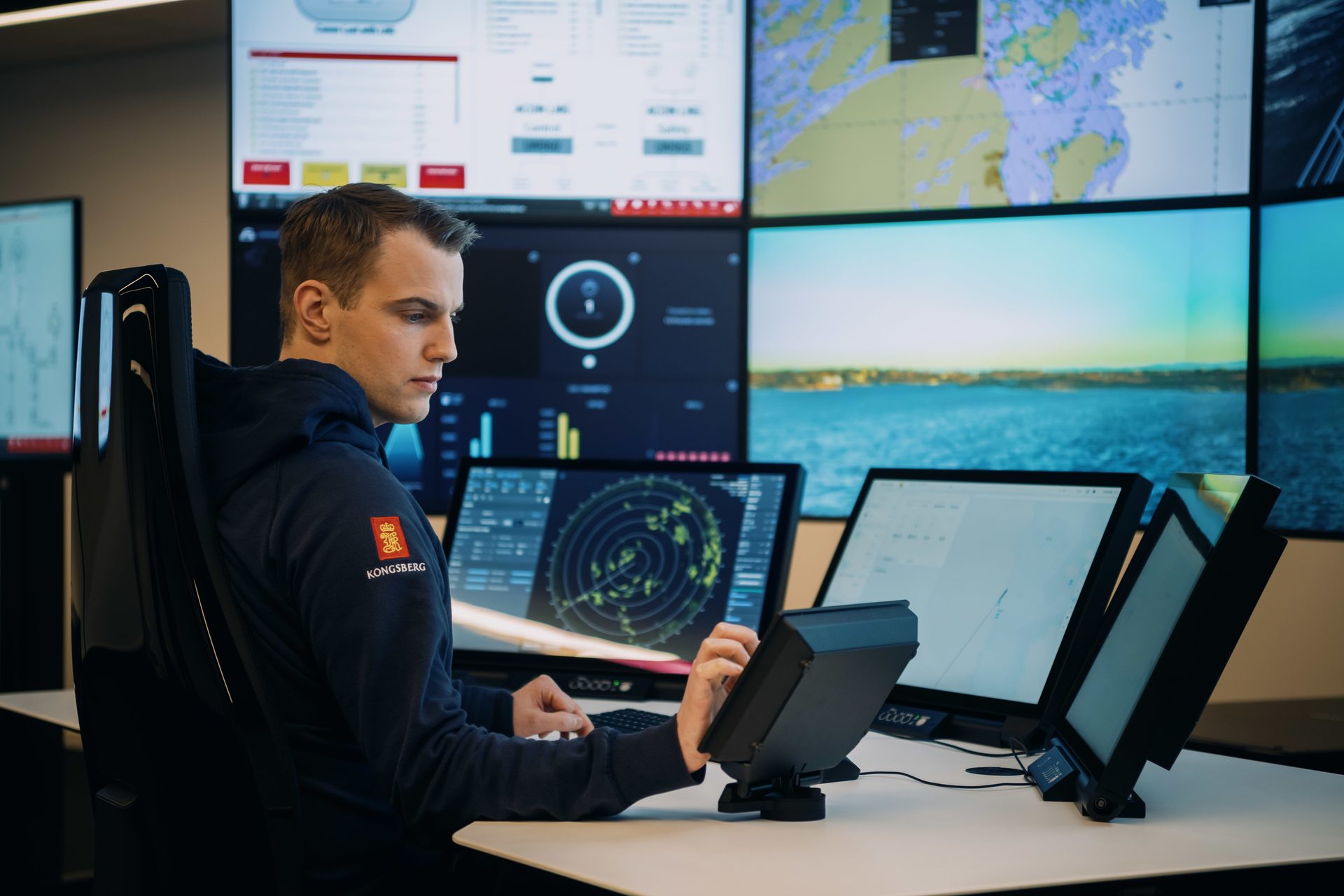we would have reacted ages ago
If something this dramatic happened on land,
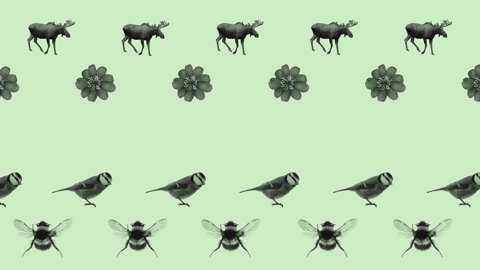
ville vi ha reagert for lengst
Hvis noe så dramatisk skjedde på land,
The Oslo Fjord is fighting an invisible battle and is on the verge of collapsing before us
without us realizing it

Groundbreaking technology enables us to study life and death in the ocean
But is it too late?
Turned on the light
Journalist: Tina Aasen
Photo: Björn Audunn Blöndal / Inspiria / Eli Rinde / Marius Halvorsen
Illustration: Marius Halvorsen
Twenty-six municipalities have a coastline along the fjord, and we use it, searching for crabs, ice bathing, skating, cruising in boats, enjoying the view, and delicious, fresh seafood. It is difficult to comprehend the chaos that reigns beneath the surface when the fjord lies calm and beautiful in the winter light, as it always has. Therefore, the Institute of Marine Research, Kongsberg Group, and the Geological Survey of Norway (NGU) have started with the basics, mapping how the fjord looks, which species inhabit where, and which areas are the most vulnerable. The sonar technology they use has turned on the light, allowing us to finally see into the blue depths and gain an overview that was impossible just five years ago. Autonomous submarines can send back clear images in detail down to 2-4 cm. The mapping is part of the project Healthy Oslo Fjord, a name that offers hope on a delicate thread.
The absence of fish is a terrifying sign that the Oslo Fjord is struggling. The pride of the capital was one of the country's most fish-rich fjords, and now the coastal cod population has shrunk by 80-90 percent due to overfishing and poor rearing conditions. But it's not just the cod that has disappeared; 92 percent of the lobsters have mysteriously gone, eelgrass is threatened, and the fjord is suffocating. We just don't see it.
"We all have a connection to the fjord."
Arne Johan Hestnes stands firmly on the quay in Horten with a console in his hands. He enjoys manoeuvring Sounder around on the water, a fun orange thing, but it's no toy. Sounder, developed by Kongsberg Group, is one of the tools for collecting data in the fjord. The autonomous vessel often goes on missions alone, mainly to map fish stocks with echo sounders.
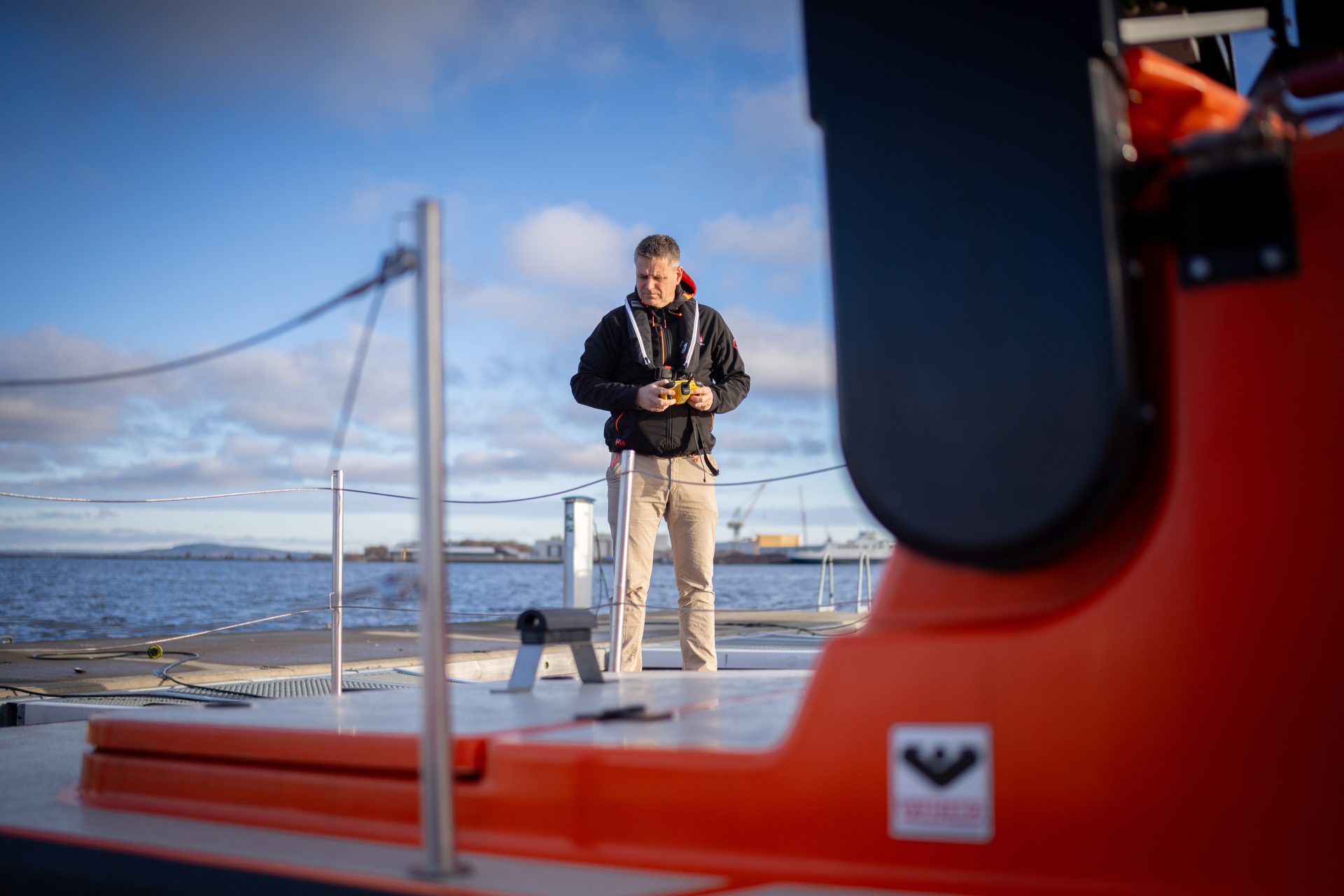

The past five years, Kongsberg Discovery has created ecological base maps of the seabed in the Oslo Fjord and studied bottom conditions and fish stocks using new, advanced sensors, and modern methods. The technology was developed on behalf of the Institute of Marine Research.
"We have focused on mapping the two national parks, Færder and Hvaler, and especially the vulnerable coral reefs. The work has increased the weight behind regulatory measures and contributed to creating public discussion. The Oslo Fjord was hardly a topic five years ago, but now there is movement, and that's good. We have no time to lose," says Arne Johan Hestnes, digital director at Kongsberg Discovery.
No time to lose
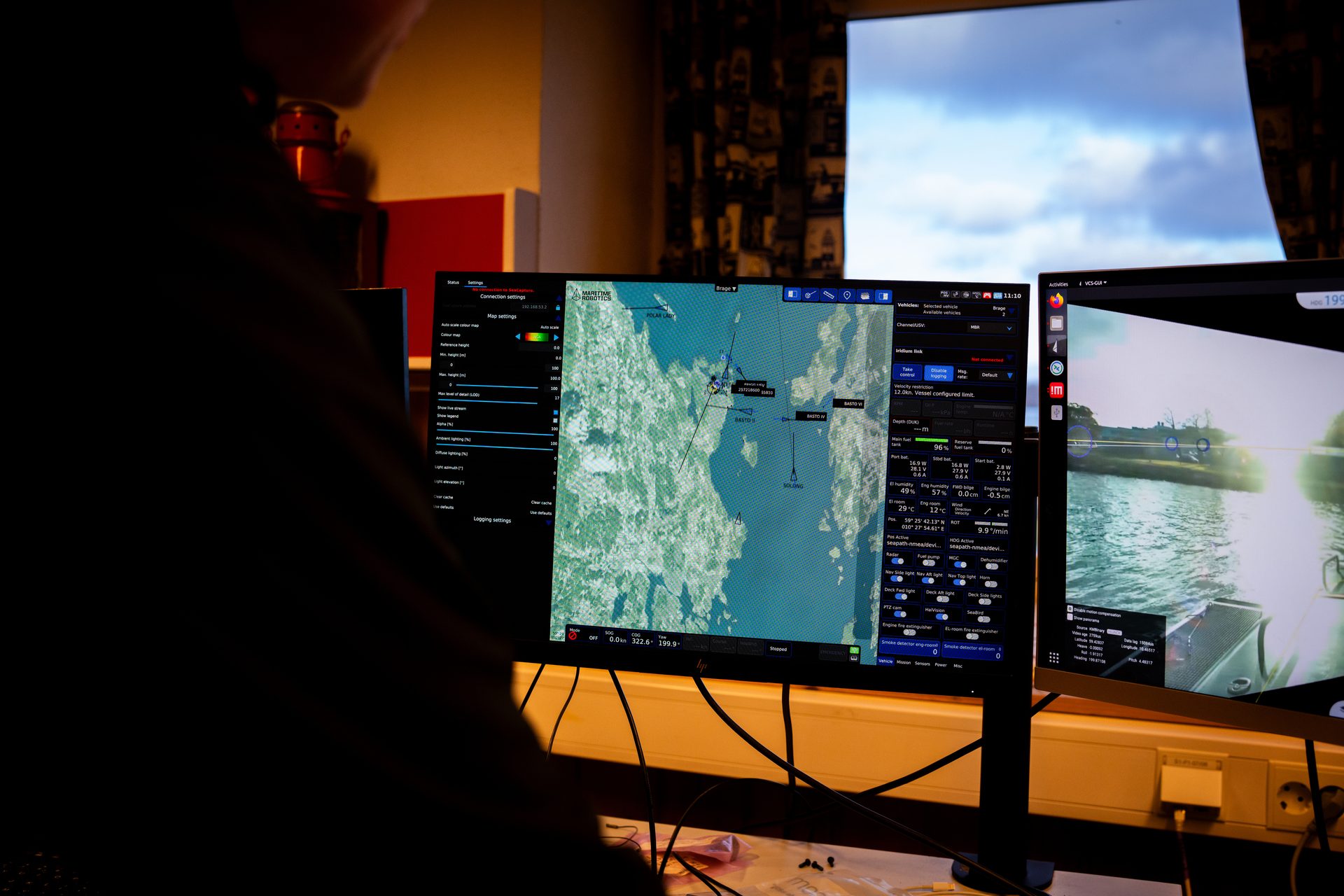
The first delivery from Kongsberg Discovery was a status report that laid the foundation for the Ministry of Climate and Environment's five-year action plan for the Oslo Fjord in 2021. In the project, thousands of young people have gained insight into the fjord, taking that knowledge home to their dinner tables. The school ship MS Rognfjell, operated by Inspira Science Centre with equipment and learning contributions from Kongsberg Group, goes on around 70-80 voyages a year. Hestnes observes a significant change in young minds when they see the crisis in the sea with their own eyes.
The students aren't playing researchers; they collect data that is sent in and used in further analyses. Inspira and Kongsberg Group have managed to take all the high schools, from Kragerø to Halden, out onto the fjord. The project has received support to go on expeditions with high school students for three more years.
Arne Johan Hestnes
"We initially wanted to influence white men in their fifties but realized we had to go after their children. It was an active decision.”
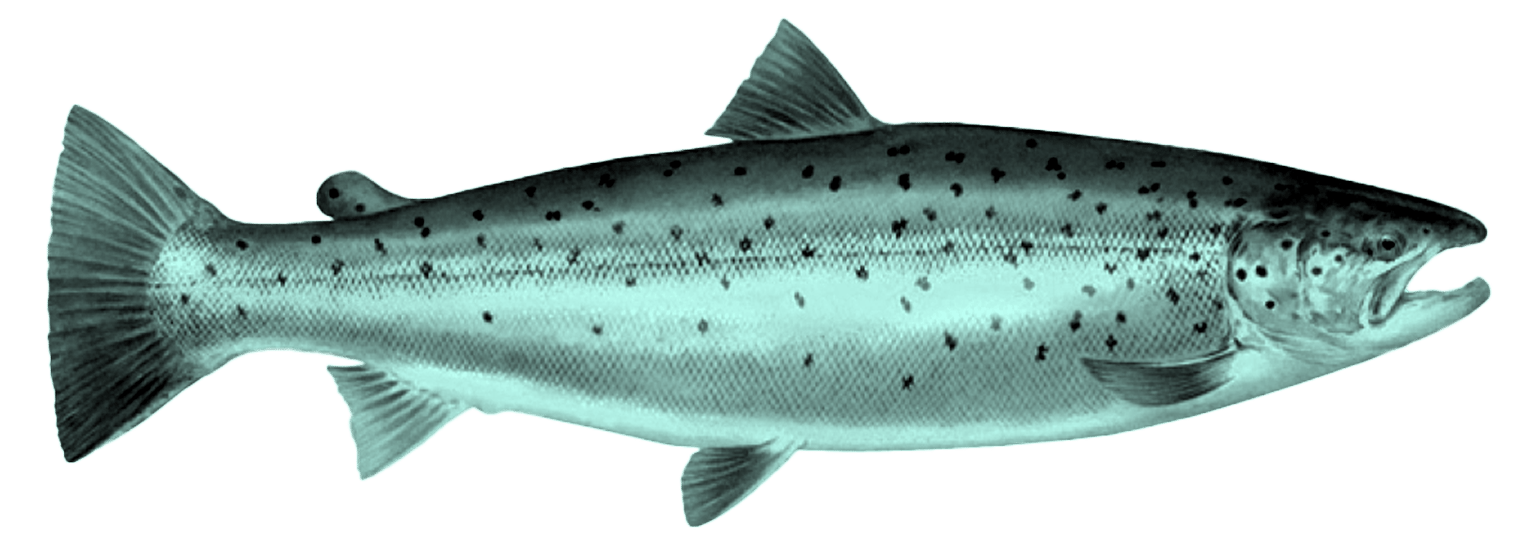

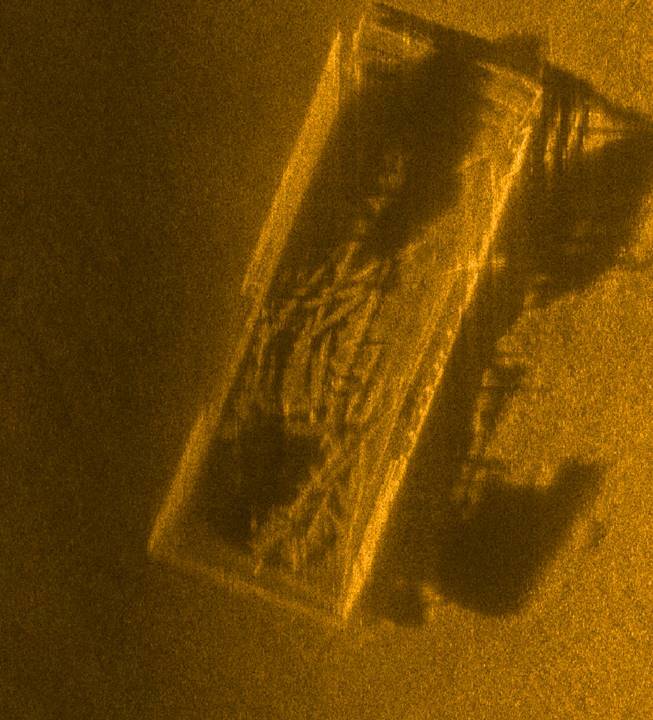
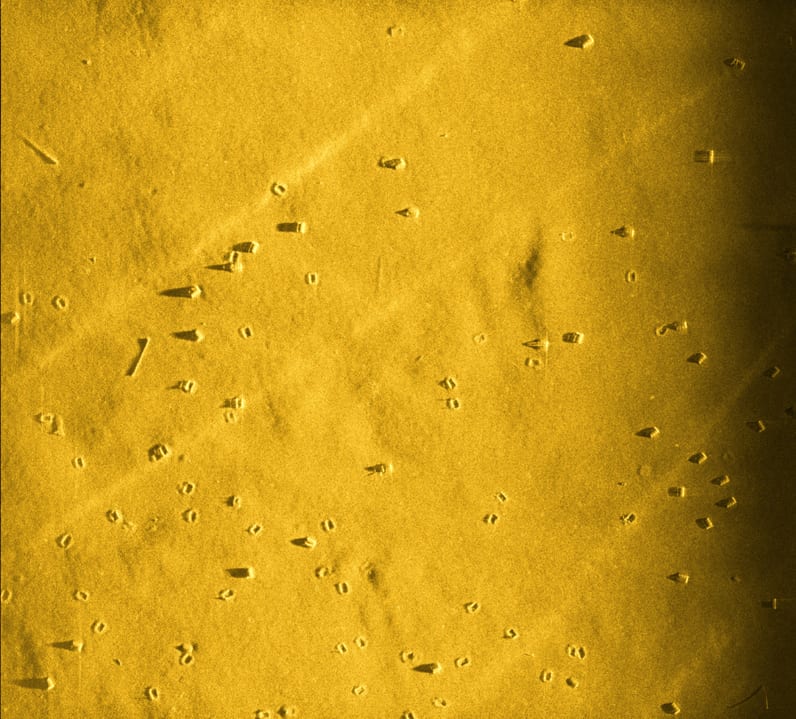
British military vessels, 50-meter-long cargo ships, ancient wooden boats of archaeological interest, a German submarine, containers, the sailboat DS Fram—they all share the same fate that they rest on the fjord's bottom.
"On a day trip in Drammen Fjord alone, we found 36 unknown shipwrecks," says Hestnes while a film rolls on the data screen, revealing one wreck after another.
He and his colleagues also discovered over 200 dumped oil barrels, many filled with oil. And the warship Blücher, sunk in Drøbak Sound, still leaks oil in increasing amounts. The fact that the fjord is the ultimate dumping ground is nothing new. Out of sight, out of mind, and the same goes for sewage discharge and runoff from agriculture. The ocean is vast, and few took seriously that pollution of nitrogen and phosphorus, soil particles, and overfishing destroys the ecological balance in the ocean, leading to endless cascading consequences.
Shipwrecks and full oil barrels

You've probably seen it when you swim, maybe you've tangled yourself in its slimy threads.
Lurv sounds like a cuddly toy but is truly a collective term for filamentous algae
— a pest and nuisance on land.
"We have discovered lurv along the entire Norwegian coast," warns Eli Rinde, marine biologist and senior researcher at the Norwegian Institute for Water Research (NIVA).
Lurvelife


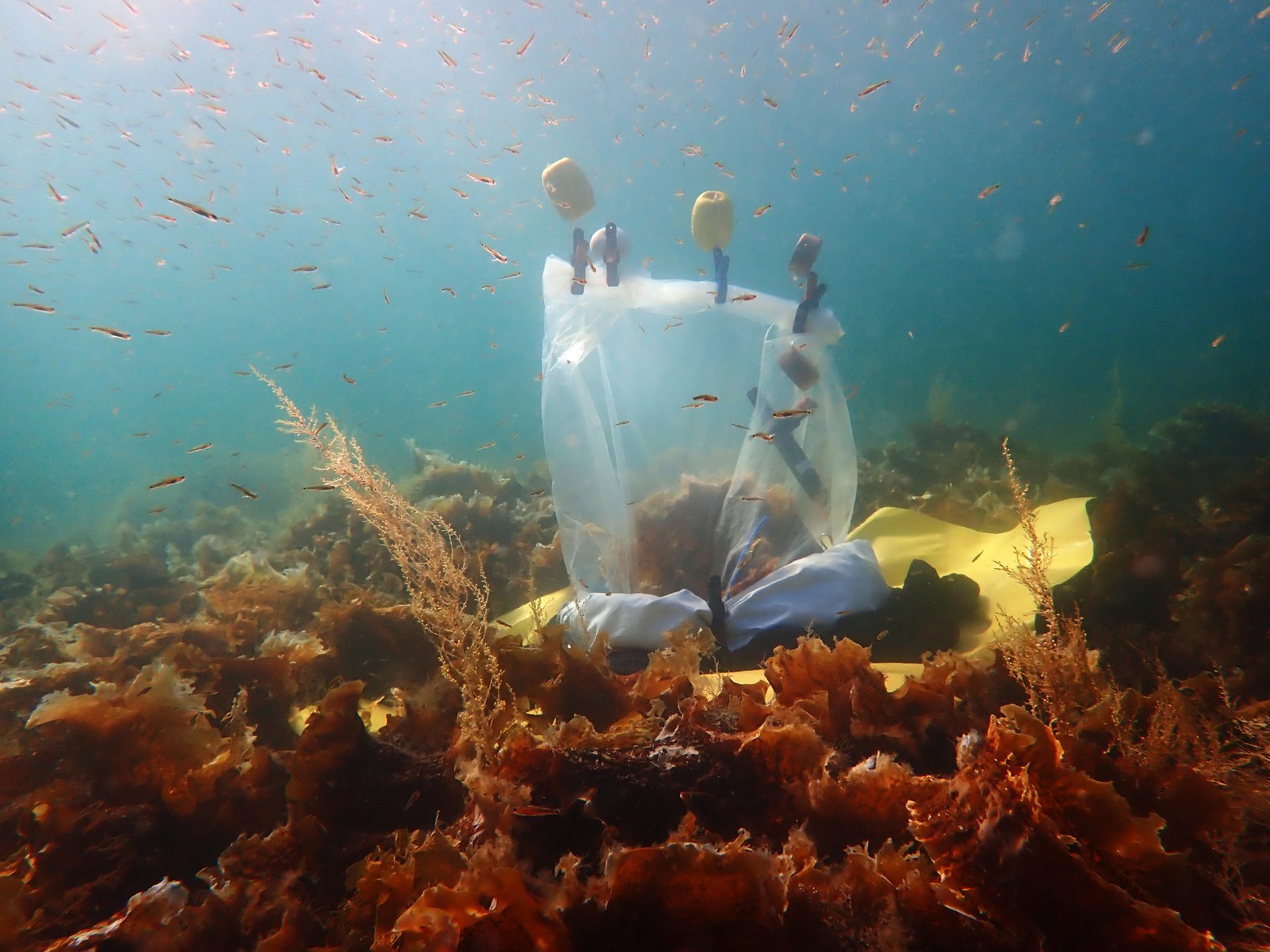
Eli Rinde
Marine biologist and senior researcher at the Norwegian Institute for Water Research (NIVA)
The sea creatures are taken from the research station at Solbergstrand in Drøbak. Rinde and her colleagues have placed rope traps in 12 tidal pools on land and manipulated conditions to see how darkening and nutrient inputs affect rockweed and the small communities of creatures that live on it. The research shows that many species do not thrive with darkening and over-fertilization, and the negative effect is amplified when there is simultaneously a lot of nutrients and darkness.
"Lurv forms a blanket on top of kelp, seaweed, and eelgrass, reducing the light available for photosynthesis. In this way, lurv chokes these blue forests. When lurv decomposes in the fall, it consumes oxygen, contributing to lowering the oxygen levels in the bottom water and thereby degrading water quality," says Eli Rinde.
She spends much of her time diving to find trouble in the fjord, but now she studies tiny creatures under a stereo microscope.
"We are going to identify and count all the small animals we have collected on seaweed and rope traps. What I already see is a poor species diversity in this sample collected in a tidal pool that has received nutrient inputs. Only a few species of seaweed lice and amphipods, a solitary snail, and a bristle worm."
“When cod disappears, we get a lot of labrids (fish), and they eat quantities of small sea creatures that would otherwise have grazed on lurv and kept it in check. Soil and clay from river water and blooming of plant plankton contribute to darkening the water, and both nutrients and dark water make lurv grow and thrive. When several negative influences occur simultaneously, it can have dramatic consequences,” explains Rinde.
"Is there hope?"
"The fjord is not dead; it is changing with multiple factors negatively affecting each other and showing many signs of disease. We have known for twenty years that it is critical to reduce nutrient inputs, and now that the fjord is finally high on the agenda, we must do what we can. The most important thing is to reduce the level of nitrogen, increase cod stocks with stricter regulations and effective protected areas, and stop the degradation of eelgrass beds and shallow soft-bottom areas. These natural types are core areas for marine biological diversity and important nursery and pantry areas for small fish, including cod fry. Even though this knowledge is known, we continue to build boat harbours over these nature types to make room for more and larger leisure boats," says Rinde.
Too much nitrogen is mainly due to sewage from the 1.6 million people living along the fjord and runoff from agriculture. It is the responsibility of the municipalities to address pollution, but it is not happening quickly enough, and the goals in the government's action plan are far from being achieved. In some places, fish swim in urine, and nitrogen makes the water so oxygen-poor in some areas that life is not sustainable. During storms and floods, which we have had a lot of lately, a hundred million litres of untreated sewage are washed into the fjord.
"When it happens, we see a bloom of new types of plankton," says a worried Arne Johan Hestnes.
"We can provide the technology and monitor the fjord, but we cannot save it. It's good that a lot is happening now, even though it's still too slow."
"The technology gives us important knowledge and an overview of the seabed topography and living conditions for marine animals. With underwater cameras, we only get a postage stamp view into the fjord."
Eli Rinde

She was part of the first phase of Fresh Oslo Fjord, where NIVA studied shallow waters, while Kongsberg Discovery took the research into deeper waters. For instance, to Hvalrenna, which is 450 meters deep, where they saw clear traces of trawling on the seabed.
Swimming in pee
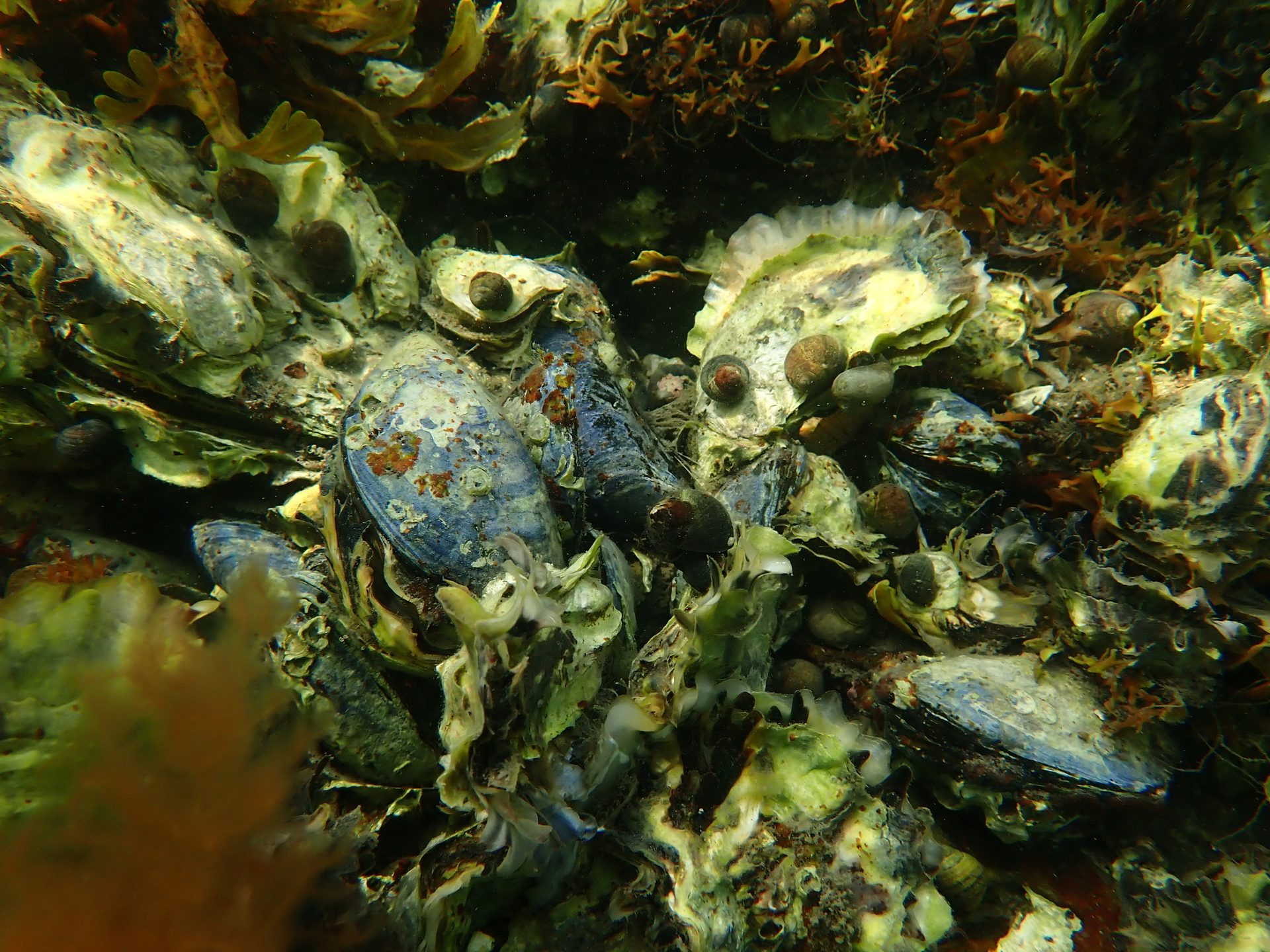
Eli Rinde does not like what she sees when she dives in the fjord. Lurv and algae are slowly killing eelgrass, kelp, and seaweed.
The researcher notices that the diversity of small sea creatures decreases dramatically with the addition of nutrients into the water.
Field experiment to study the condition of sugar kelp forest in the Oslo Fjord by measuring oxygen production.



Eli Rinde
Marine biologist and senior researcher at NIVA
"Lurv forms a blanket on top of kelp, seaweed, and eelgrass, reducing the light available for photosynthesis. In this way, lurv chokes these blue forests. When lurv decomposes in the fall, it consumes oxygen, contributing to lowering the oxygen levels in the bottom water and thereby degrading water quality," says Eli Rinde.
She spends much of her time diving to find trouble in the fjord, but now she studies tiny creatures under a stereo microscope.
"We are going to identify and count all the small animals we have collected on seaweed and rope traps. What I already see is a poor species diversity in this sample collected in a tidal pool that has received nutrient inputs. Only a few species of seaweed lice and amphipods, a solitary snail, and a bristle worm."
“When cod disappears, we get a lot of lip fish, and they eat quantities of small sea creatures that would otherwise have grazed on (lurv) wrasse and kept it in check. Soil and clay from river water and blooming of plant plankton contribute to darkening the water, and both nutrients and dark water make lurv grow and thrive. When several negative influences occur simultaneously, it can have dramatic consequences,” explains Rinde.
"Is there hope?"
"The fjord is not dead; it is changing with multiple factors negatively affecting each other and showing many signs of disease. We have known for twenty years that it is critical to reduce nutrient inputs, and now that the fjord is finally high on the agenda, we must do what we can. The most important thing is to reduce the level of nitrogen, increase cod stocks with stricter regulations and effective protected areas, and stop the degradation of eelgrass beds and shallow soft-bottom areas. These natural types are core areas for marine biological diversity and important nursery and pantry areas for small fish, including cod fry. Even though this knowledge is known, we continue to build boat harbours over these natural types to make room for more and larger leisure boats," says Rinde.
"The technology gives us important knowledge and an overview of the seabed topography and living conditions for marine animals. With underwater cameras, we only get a postage stamp view into the fjord." – Eli Rinde
Too much nitrogen is mainly due to sewage from the 1.6 million people living along the fjord and runoff from agriculture. It is the responsibility of the municipalities to address pollution, but it is not happening quickly enough, and the goals in the government's action plan are far from being achieved. In some places, fish swim in urine, and nitrogen makes the water so oxygen-poor in some areas that life is not sustainable. During storms and floods, which we have had a lot of lately, a hundred million litres of untreated sewage are washed into the fjord.
"When it happens, we see a bloom of new types of plankton," says a worried Arne Johan Hestnes.
"We can provide the technology and monitor the fjord, but we cannot save it. It's good that a lot is happening now, even though it's still too slow."
"The technology gives us important knowledge and an overview of the seabed topography and living conditions for marine animals. With underwater cameras, we only get a postage stamp view into the fjord."

She was part of the first phase of Fresh Oslo Fjord, where NIVA studied shallow waters, while Kongsberg Discovery took the research into deeper waters. For instance, to Hvalrenna, which is 450 meters deep, where they saw clear traces of trawling on the seabed.
Swimming in pee

The sea creatures are taken from the research station at Solbergstrand in Drøbak.
Eli Rinde does not like what she sees when she dives in the fjord. Lurv and algae are slowly killing eelgrass, kelp, and seaweed.
The researcher notices that the diversity of small sea creatures decreases dramatically with the addition of nutrients into the water.
Rinde and her colleagues have placed rope traps in 12 tidal pools on land and manipulated conditions to see how darkening and nutrient inputs affect kelp and the small communities of creatures that live on it.
The research shows that many species do not thrive with darkening and over-fertilization, and the negative effect is amplified when there is simultaneously a lot of nutrients and darkness.
Field experiment to study the condition of sugar kelp forest in the Oslo Fjord by measuring oxygen production.
The project was initiated five years ago and is led by the Institute of Marine Research with Kongsberg Group, the Geological Survey of Norway (NGU), the Norwegian Mapping Authority, the Norwegian Institute for Water Research (NIVA), and the knowledge disseminator Inspira on board. The vision is a healthy fjord, rich in outdoor activities and nature experiences for future generations, and the mission has three main goals, all of which are ongoing:
Kongsberg Group's mapping included exploring:
- Distribution and condition of different habitat types
- Occurrences of marine litter and shipwrecks from various periods
- Geological formations and underwater landscapes
- Generate new knowledge and a basis for future management
- Test and verify new technology
- Disseminate knowledge, especially to children and youngsters






Healthy Oslo Fjord




Engineers at Kongsberg Discovery have developed and continue to develop technology such as diving submarines (AUVs), autonomous boats like Sounder (USVs), an underwater station on the seabed near Drøbak, two school boats, and a ferry with monitoring equipment in a pilot project that maps and monitors the Oslo Fjord.
The USV Sounder has an echo sounder under the boat that sends sound waves at different frequencies down towards the fish, and the sounds are reflected back. This way, fish and plankton can be identified, in what quantities, and how big the fish are. It can also be equipped with sonar that goes beyond and can be used to detect fish, or multibeam echo sounders, which create 3D maps of the seabed.
The technology Kongsberg Group has developed monitors not only the Oslo Fjord but also ecosystems in Norwegian sea areas, which are vulnerable due to climate change and human activity. This is just the beginning of using advanced sonar technology to better understand the ocean.
Sounder


The echo sounder is either embedded in the hull or attached to a pylon or gondola beneath the boat to reach greater depths and avoid waves.
Can be equipped with various tools such as sonar, multibeam echo sounders that create 3D maps of the seabed, and sub-bottom profilers that study sedimentation beneath the seabed.
An advanced positioning system ensures that it always knows its location.
Equipped with a camera and radar for secure navigation to prevent collisions.
An energy-efficient vessel with a range of up to 20 days at sea.





A fresh report from November 2023 shows that we are nowhere near achieving the goals of the government's five-year plan to save the Oslo Fjord.
The government's plan includes 63 measures to improve the fjord's condition and 19 measures to increase knowledge. Some municipalities are taking action, but it is too slow.
As the secretariat for the Oslo Fjord Council, the Norwegian Environment Agency has delivered a status report on the implementation of the Oslo Fjord Plan, the government's five-year plan for a cleaner Oslo Fjord.
The report shows that on all focus areas, none of the municipalities, agriculture, state authorities, nor other responsible parties are on track to make the Oslo Fjord healthy. Here are the main points:
Source: Norwegian Environment Agency
Must pick up the pace
More stories from Kongsberg Gruppen
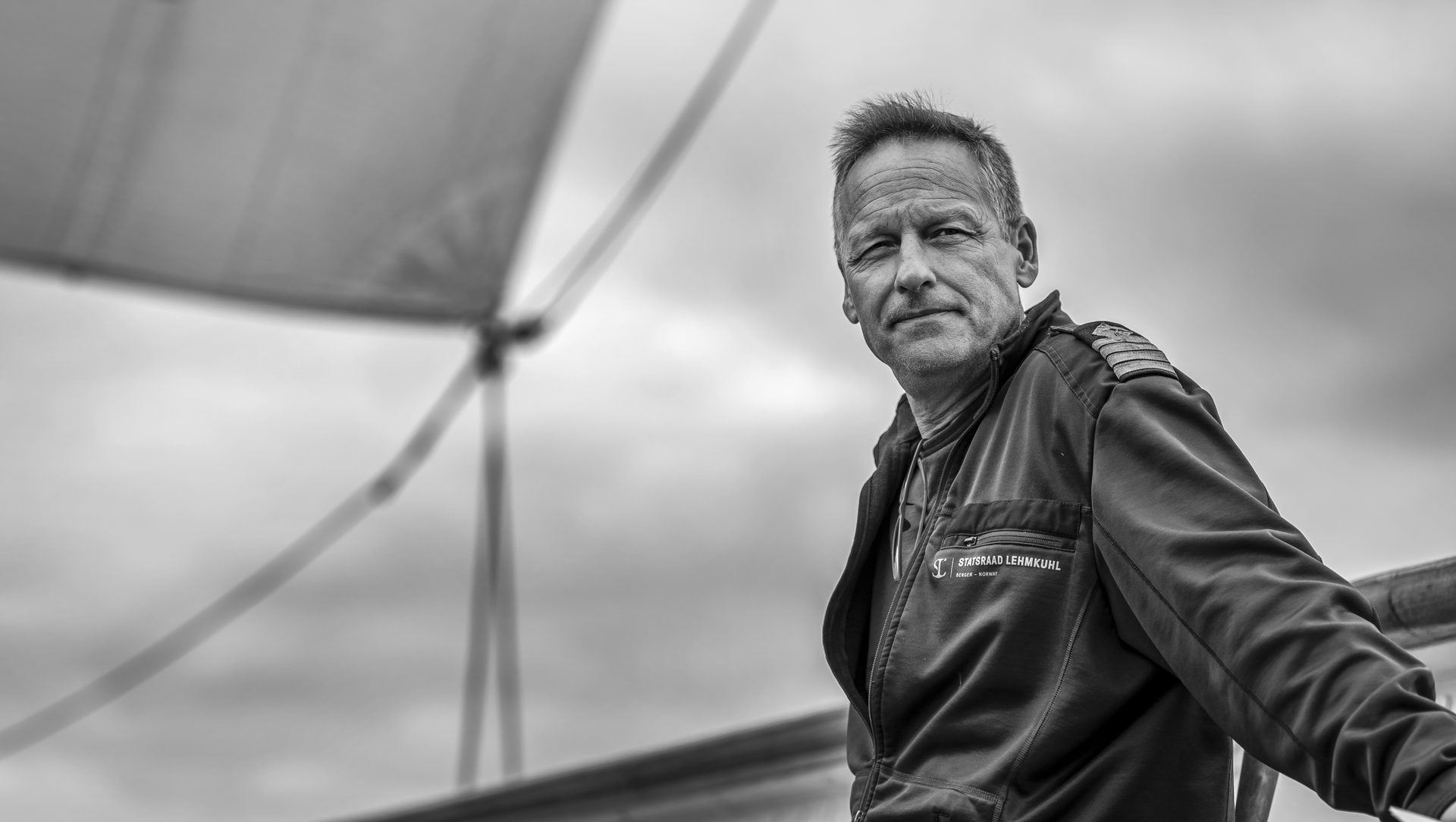

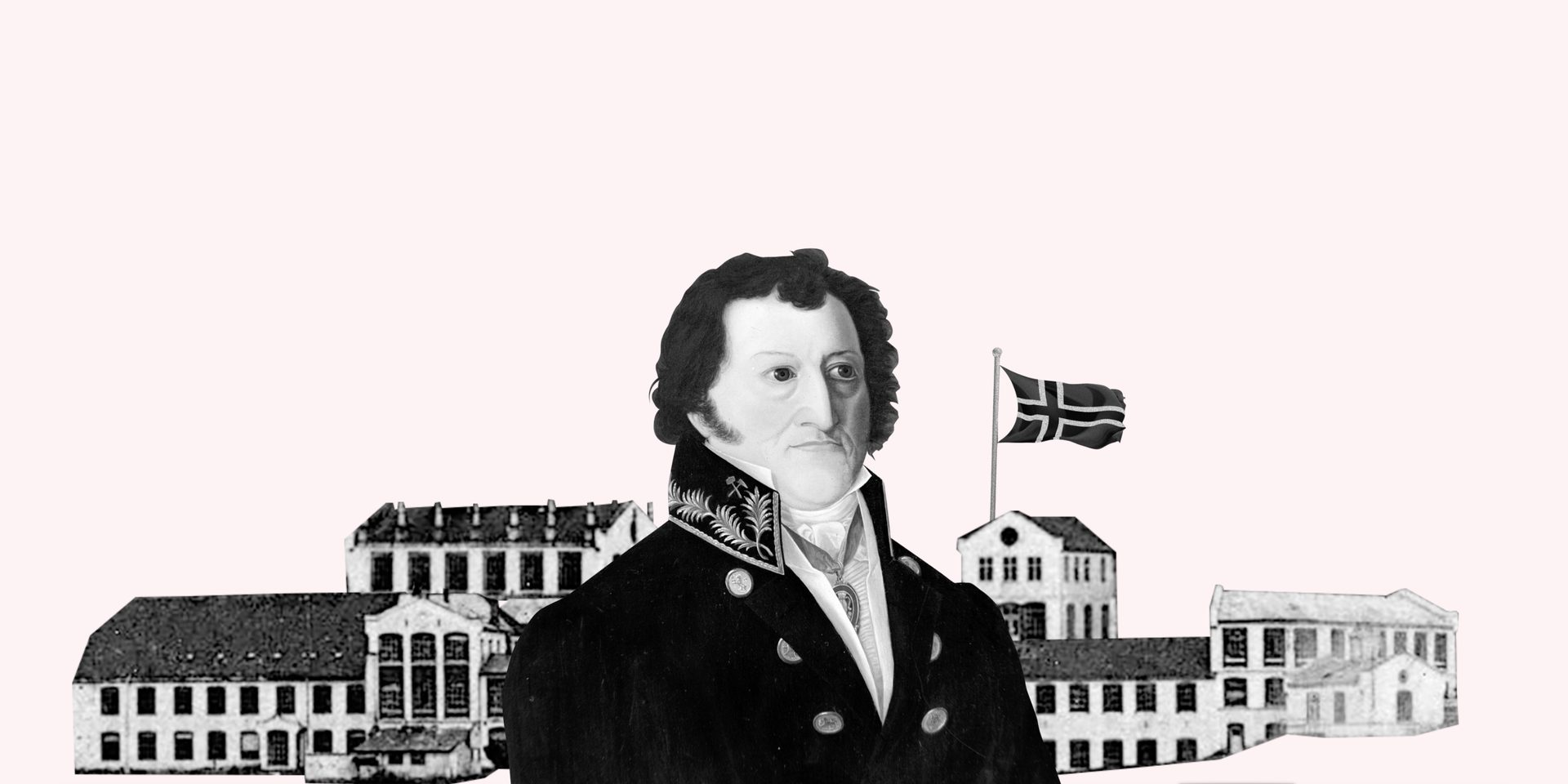

– Det gir oss muligheten til å ta pulsen på jorda
– Det gir oss muligheten til å ta pulsen på jorda
– Et industrieventyr gjennom 200 år
– Hvis du er opptatt av det nyeste innen robotikk, er dette stedet



